

The Terracotta Army or the "Terra Cotta Warriors and Horses", is a collection of terracotta sculptures depicting the armies of Qin Shi Huang, the first Emperor of China. It is a form of funerary art buried with the emperor in 210–209 B.C. and whose purpose was to protect the emperor in his afterlife.
The figures of Terracotta Army, dating from around the late third century B.C., were discovered in 1974 by some local farmers in Lintong district, Xi'an, Shaanxi province in China. The figures vary in height according to their roles, with the tallest being the generals. The figures include warriors, chariots and horses.
Terracotta Army is estimated to include over 8,000 soldiers, 130 chariots with 520 horses and 150 cavalry horses, the majority of which are still buried in the pits near Qin Shi Huang's mausoleum. Other terracotta non-military figures found in other pits were figures of officials, acrobats, strongmen and musicians.
 |  |
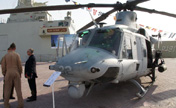 Defense Exhibition and Conference 2013 held
Defense Exhibition and Conference 2013 held Female soldiers training in cold winter
Female soldiers training in cold winter Oscar Pistorius makes second court appearance
Oscar Pistorius makes second court appearance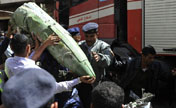 Military helicopter crashes in Yemen's capital
Military helicopter crashes in Yemen's capital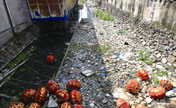 Action on pollution after swim challenge
Action on pollution after swim challenge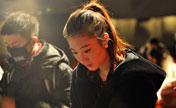 Beauties at Beijing Film Academy enrollment site
Beauties at Beijing Film Academy enrollment site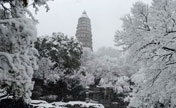 Snowstorm hits China's Jiangsu, blue alert issued
Snowstorm hits China's Jiangsu, blue alert issued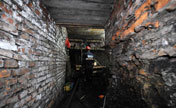 Coal mine flooding traps 6 in N China
Coal mine flooding traps 6 in N China Top 10 hotel bars around the world
Top 10 hotel bars around the world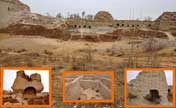 The only existing Xiongnu capital in China
The only existing Xiongnu capital in China Top 8 February destinations in China
Top 8 February destinations in China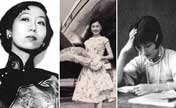 Top 10 legendary ladies in the Republic times
Top 10 legendary ladies in the Republic times  Keeping the brand full of beans
Keeping the brand full of beans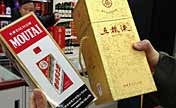 Liquor makers fined 449m yuan for price monopoly
Liquor makers fined 449m yuan for price monopoly Architects design a base on the moon using 3D printing
Architects design a base on the moon using 3D printing